Oct 29 (News On Japan) - The samurai caste endured for seven centuries, from the late 12th century to the late 19th century, witnessing shifts in rulers, epochs, and values. Yet, their commitment to duty and honor remained unwavering.
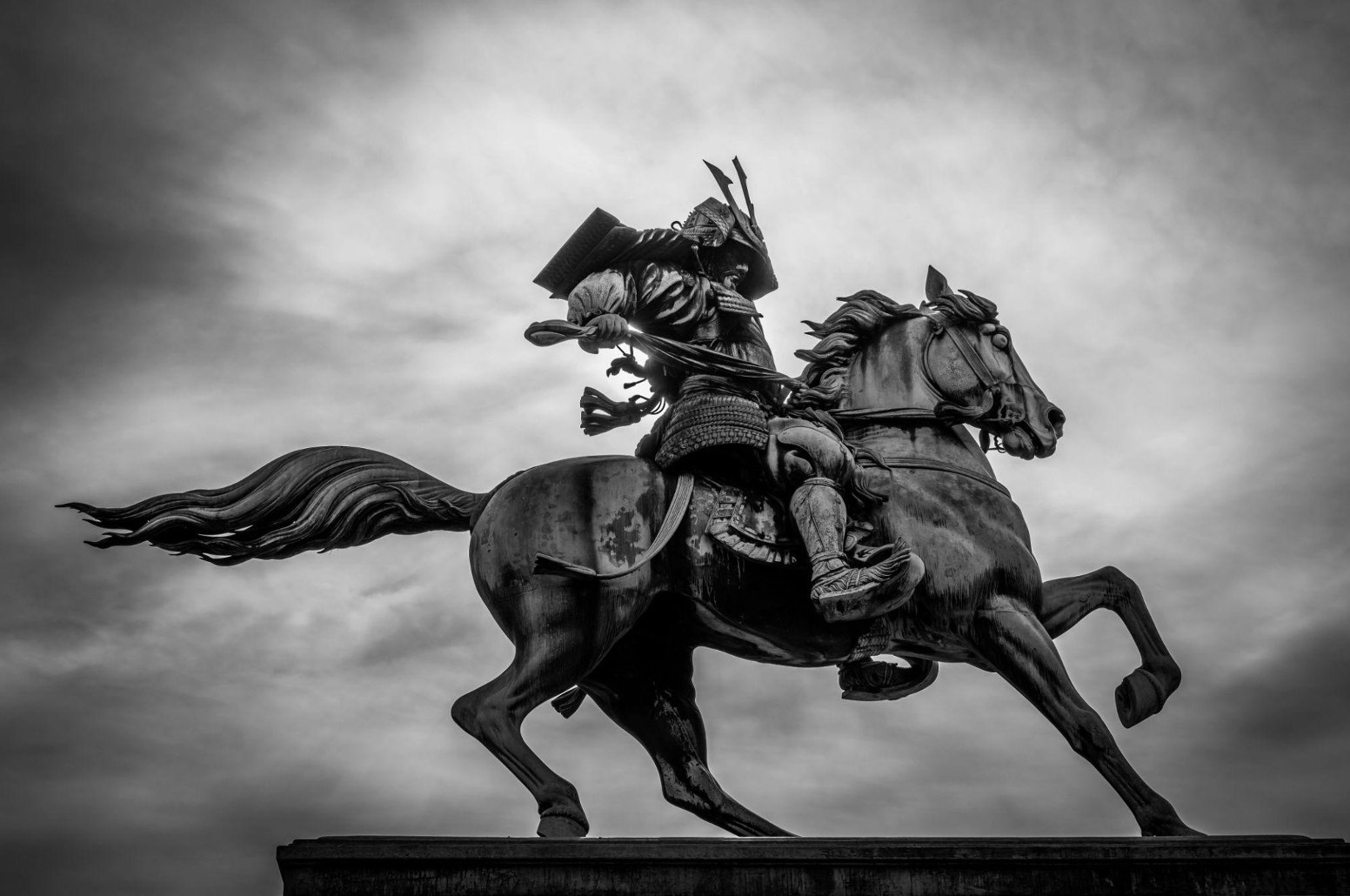
While often envisioned as symbols of gallant warriors, these people also left an indelible mark on contemporary Japan's development of art and culture.
For a source of inspiration on valor and integrity, browse through a collection of samurai photographs on Depositphotos, and delve into this article. It explores how these elite warrior formations shaped the modern culture of the Land of the Rising Sun.
Symbolism and strength in traditional samurai images
Samurai are the quintessential symbol of the perfect warrior and citizen, devoted to their suzerain. Beyond their mastery of the sword, their craft encompassed much more. Throughout their existence, samurai were regarded as aristocracy and expected to be well-educated. They were adept in mathematics and fostered various distinctive Japanese arts, such as the tea ceremony and ikebana. Their philosophy was deeply rooted in Zen Buddhism.
Let's delve into the fascinating traditions of the samurai and explore how they have evolved in modern-day Japan.
Bushido
For centuries, samurai were bound by strict codes of honor. These rules, known as bushido or "the way of the warrior," comprised three fundamental principles in the Japanese language: "bu," encompassing not just mastery of weapons but also non-martial arts like calligraphy and literature; "shi," signifying a noble individual holding a high societal position who was prepared to take up arms when needed; and "do," representing the way or path.
While many believe bushido to be a universal moral compass for all samurai, the reality is that its principles varied across different eras and samurai clans. In the Edo period, Saito Chikamori outlined nine fundamental tenets:
1. Sincerity
2. Responsibility
3. Frugality
4. Politeness
5. Modesty
6. Loyalty
7. Harmony
8. Tranquility
9. Compassion
The bravery and loyalty of Japanese fighters who adhered to these principles were vividly portrayed by the Japanese engraver Tsukioka Yoshitoshi in his samurai art series "Courageous Warriors." Consisting of 33 engravings, each piece recounts legends of renowned samurai, showcasing their valor and selflessness. For instance, one painting, "Soga no Gorō Tokimune Held Back by Gosho no Gorōmaru," narrates the tale of two brothers patiently awaiting the opportunity to avenge their father's death at the hands of the nobleman Suketsune.
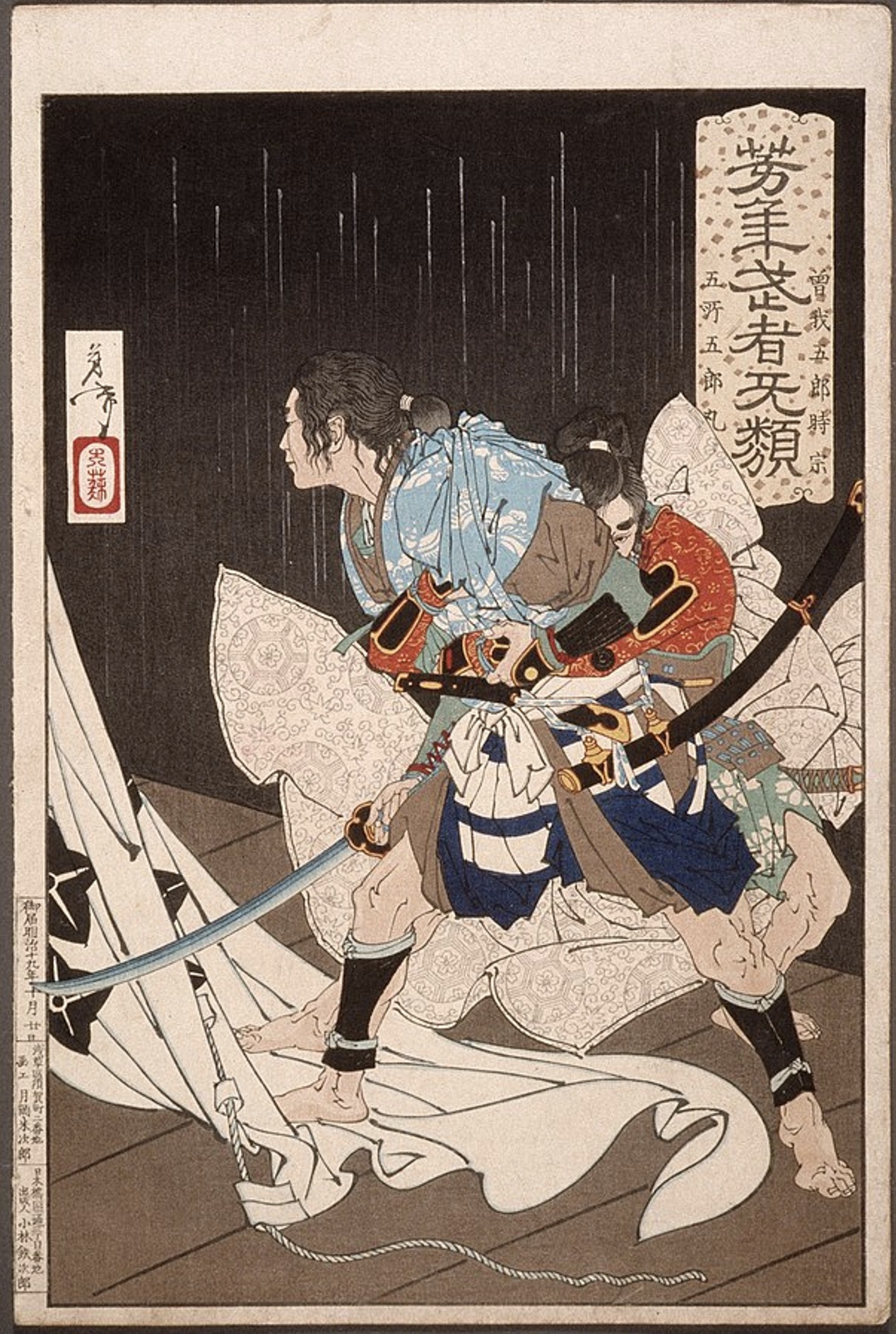
The Tea Ceremony
The art of the samurai often incorporates references to tea ceremonies, and this is no coincidence. The system of rules for preparing tea, known as Sadō or Chano-yu, originated in Japan in the 12th century under the influence of Buddhist monks. They used this hot beverage to maintain focus during meditation. According to the bushido code, samurai also valued discipline, concentration, and self-control, so they adopted these practices from Buddhist monks. The principles of the tea ceremony were developed in the 14th century by the tea master Murata Juko, who was a close friend of the shogun of the samurai government, Ashikaga Yoshimitsu.
Tea ceremonies among samurai even helped resolve conflicts. During the Sengoku period, when Japan was torn apart by civil wars for nearly two centuries, and warlord samurais battled each other for influence, tea drinking became a reconciliatory ritual.
Samurai also enjoyed hosting tea ceremonies in the company of elegant women. For example, during the Edo period, a distinct class of oiran existed. They were women of pleasure tasked with entertaining esteemed guests through dance, music, and conversation. Oiran were also expected to master the art of the tea ceremony. The scene of a samurai sharing a cup of tea with a woman is depicted in numerous woodblock prints, such as those by the artist Torii Kiyohiro.
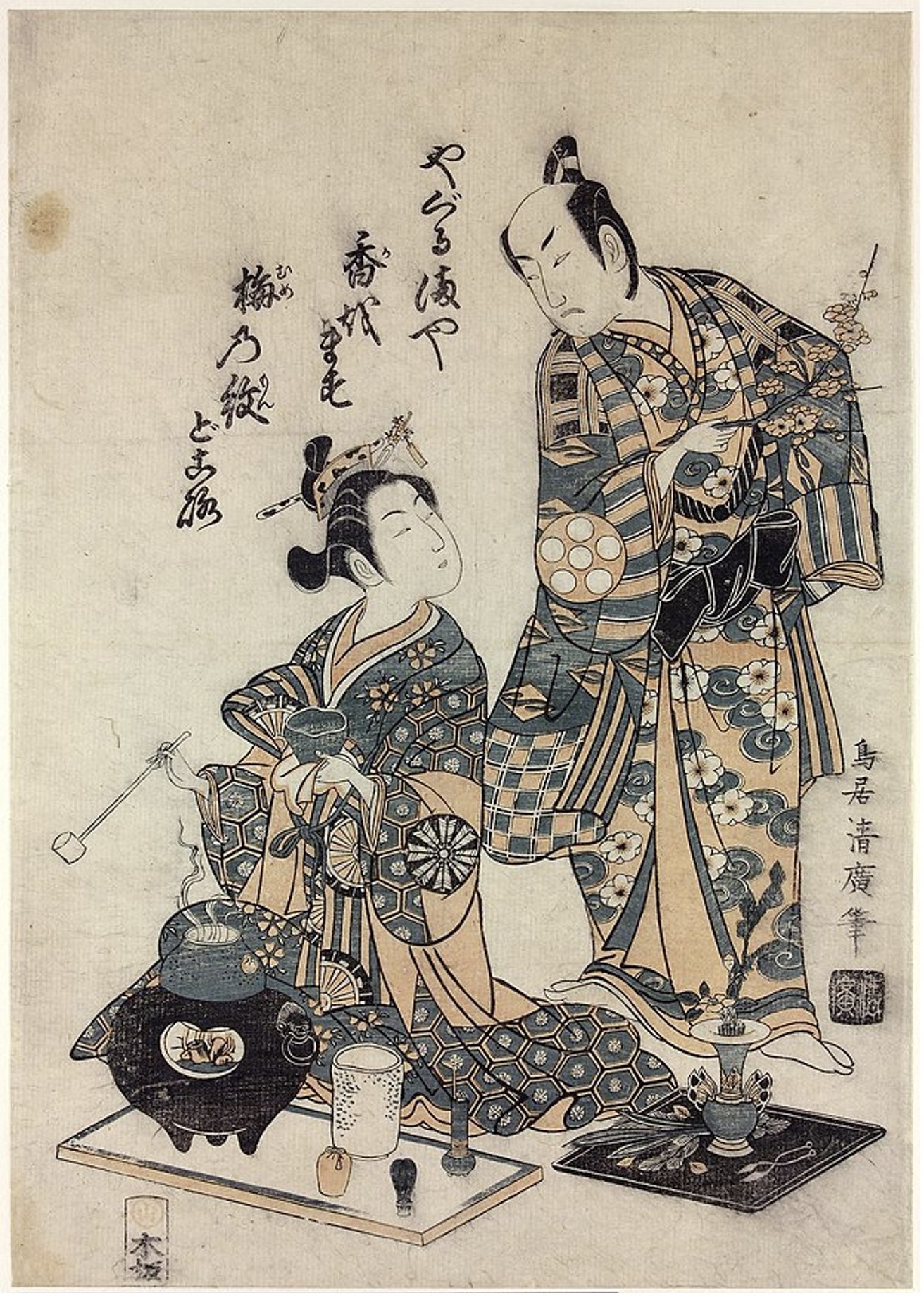
Even in modern Japan, samurai-style tea ceremonies continue to be practiced. It's a complete ritual where the season, utensils, room arrangement, and etiquette are important.
Seppuku
If a samurai broke a vow or sought to die honorably, he would perform a ritual suicide known as seppuku. This involved cutting open the abdomen and was referred to by various names such as harakiri, kappuku, or tofuku. Ritual suicides originated in Japan during the 11th century and became part of the samurai code of honor during the Heian period. According to ancient Japanese beliefs, the soul resided in the abdomen, hence its slashing was seen as the ultimate proof of honesty.
One of the most famous instances of seppuku is the story of the 47 ronin in the 18th century. Their master was treacherously killed by a daimyo, leading the samurai to seek vengeance. However, they were later sentenced to death by the shogun as a result of their actions, resorting to seppuku. This tale of revenge has been immortalized in an old Japanese engraving by an unknown artist.
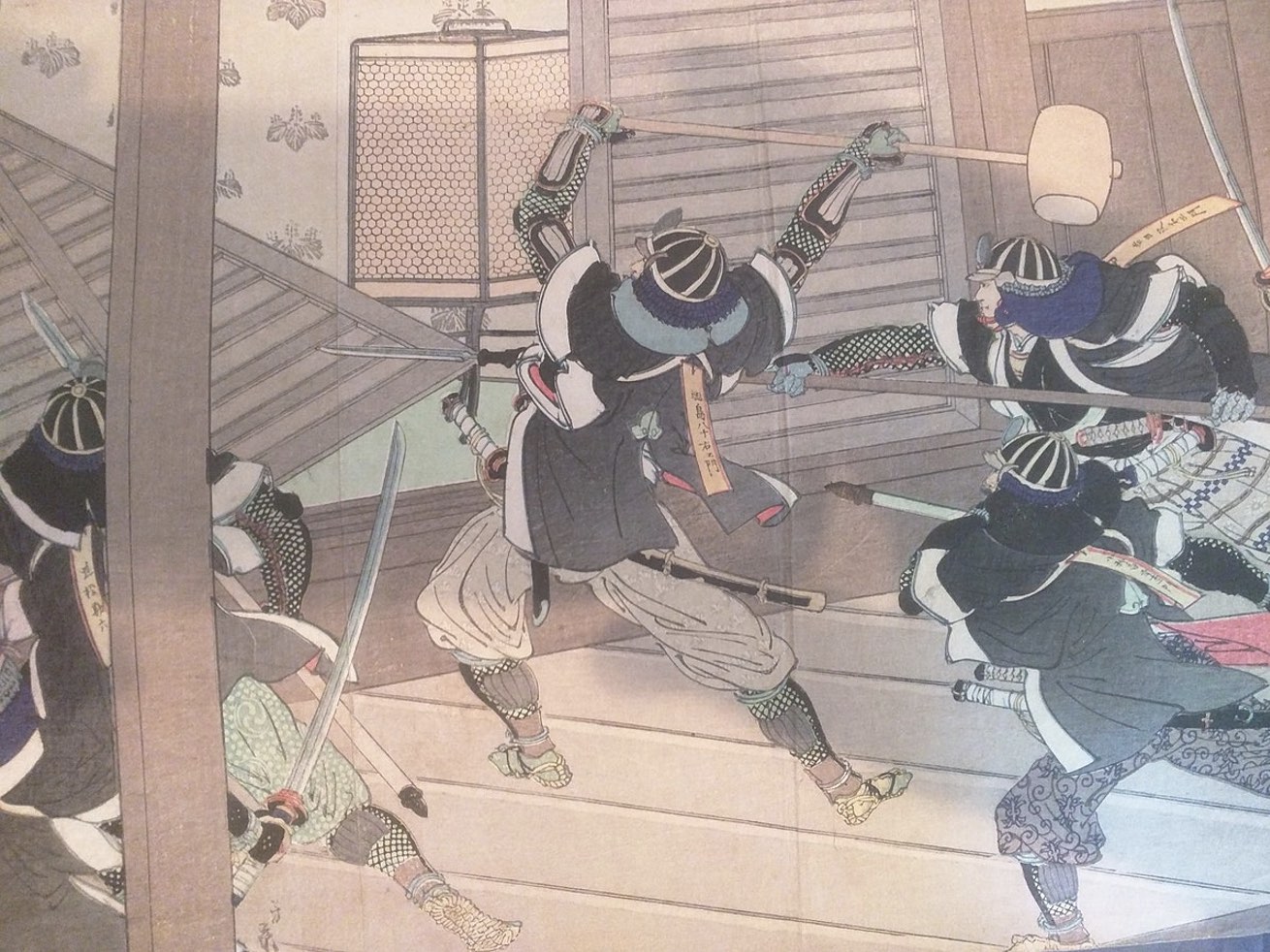
This cruel ritual was abolished in 1868 when Japan dismantled the feudal system. Moreover, seppuku was considered to be a highly painful and dramatic act.
While seppuku is uncommon in modern times, certain studies indicate that traditional cultural beliefs in Japan still view suicide as an honorable or noble deed. This is because, historically, the attitude towards suicide was positive.
3 legendary samurai swords
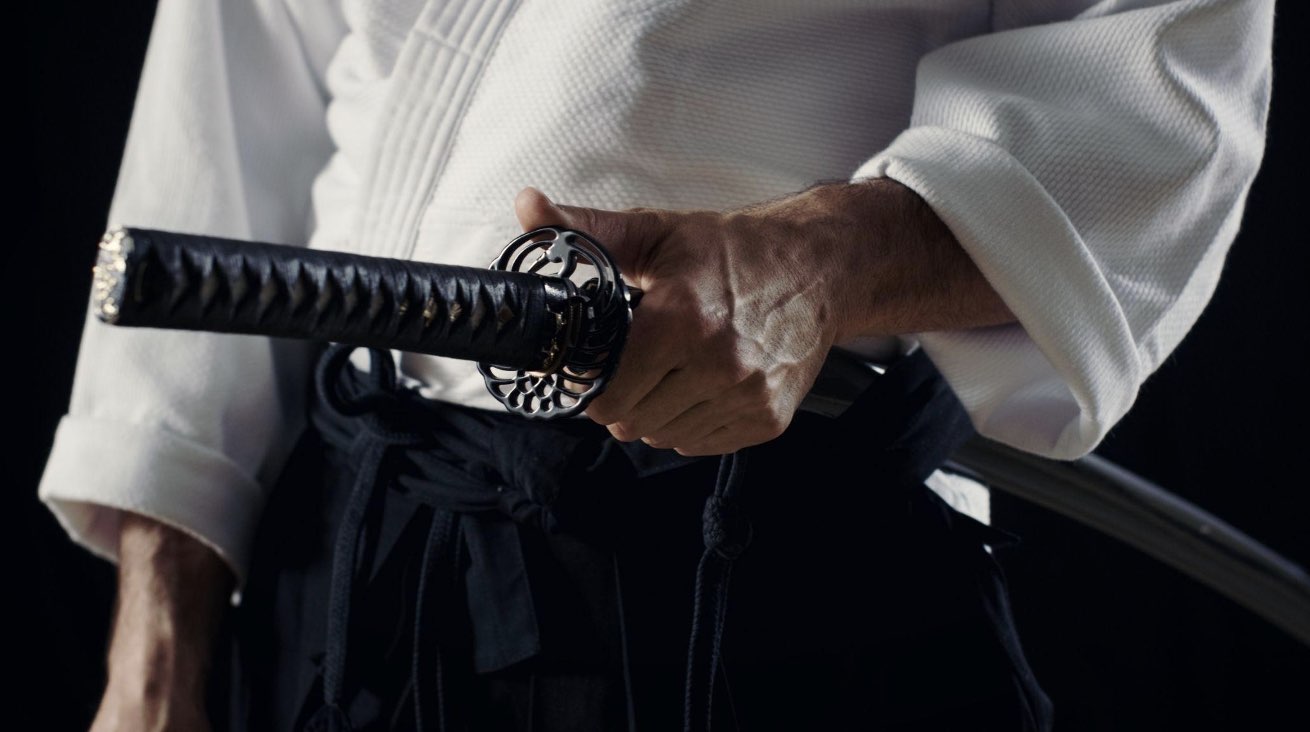
Samurai carried two pairs of swords called daishō—katana and wakizashi. The first was a long weapon used in battle, while the second was utilized for finishing off wounded enemies and seppuku. In ancient Japan, the sword was believed to be the samurai's soul. It was considered an instrument for defending honor, fulfilling duty, and self-improvement.
Furthermore, swordsmithing was never considered a mere craft in Japan; a smith could forge a blade only upon the request of a samurai, not for sale.
Samurai swords are a true testament to Japanese culture. Let's delve into a few legendary examples.
Kusanagi-no-Tsurugi (Grass-Cutting Sword)
Kusanagi no Tsurugi is indeed a legendary and divine sword, as it is one of the three sacred Imperial Regalia of Japan. The sword was last publicly displayed in 2019 when Emperor Naruhito ascended the throne. However, it was wrapped in a package. It is believed that the god Susanoo extracted Kusanagi no Tsurugi from the tail of the eight-headed serpent.
Honjo Masamune
This sword was forged by Japan's greatest blacksmith, Gorō Nyūdō Masamune, and was named in honor of its creator. Weapons crafted by this master were highly valued for their exceptional quality and beauty. The Honjo Masamune was commissioned for the Tokugawa shogunate during the Edo period. It was considered a sacred relic passed down from one shogun to the next. The Honjo Masamune is renowned as the finest Japanese sword ever created and is considered a national treasure of Japan.
Kogarasumaru (Little Crow)
Kogarasu Maru is believed to have been forged by the legendary swordsmith Amakuni during the Heian period. This sword has a unique curved blade resembling a crow's beak. Moreover, it is believed to have been carried by the most revered individuals in Japan, including the famous samurai warrior Minamoto no Yorimitsu. Currently, the sword is stored in the Tokyo Imperial Collections Museum.
Historians estimate that during the samurai era, around 2 million Japanese swords were produced. However, only 100 thousand are preserved in Japan, while 300 thousand are held in the United States.
Conclusion
Contemporary digital samurai art frequently depicts brave warriors with two swords and classical Japanese armor, which have become a true symbol of the Land of The Rising Sun. As a caste, they left a lasting legacy, shaping various traditions and character traits in their home country. Strict adherence to rules, tea ceremonies, absence of fear of death, and cold reasoning are character traits and traditions that emerged thanks to these elite warriors.















